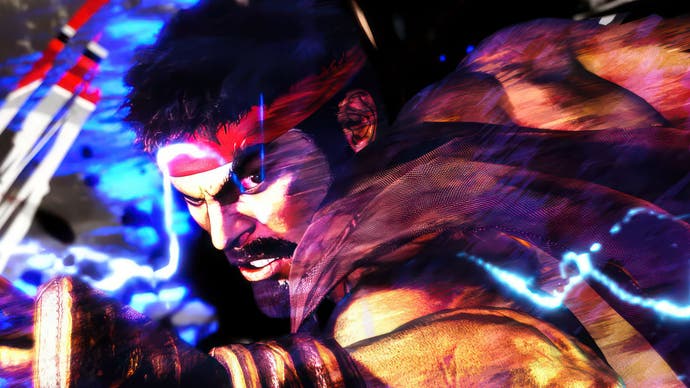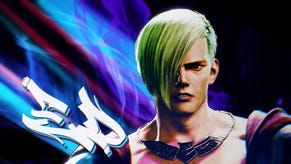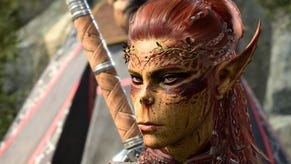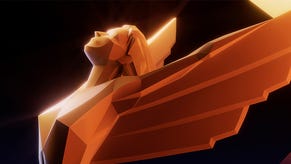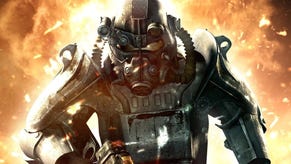Street Fighter 6's PC port is competent but lacking in ambition
A ringer for the console experience - but is that enough?
Street Fighter 6 on PC is OK. It's good in some areas, mediocre in others and downright poor in some respects, but it is at least competent - which is far from a sure thing with the current state of PC ports. With a modicum of effort, it's easy to get a flowing, stutter-free, performant experience. However, it's also remarkably unambitious, with very little attempt made to scale the experience beyond the confines established by the console versions.
The game doesn't start off in a particularly promising manner, however, owing to how long it takes to get access to the options screen to change settings. There are the EULAs to navigate and the requirement to sign up for a Capcom account, while everything initially runs in windowed mode for some reason.
It took me around 15 minutes from first boot to actually get control of the game which is an astonishingly high level of friction, leaving a bad first impression. And it may actually take longer than that actually because less powerful CPUs require a shader pre-compilation step, which you don't need to do on more powerful processors.
It's an interesting idea. Presumably, Capcom thinks that more powerful processors like my Core i9 12900K have enough horsepower to compile on the fly during gameplay without running into stuttering problems, meaning no pre-compilation step. Meanwhile, pre-compilation kicks in anyway on my far less capable Ryzen 5 3600, taking around 11 minutes in total. There's just one problem here: I still get stuttering on the 12900K, so my initial recommendation would be to warm your shaders no matter what CPU you have.
Once you do get access to the menus, there's good news and bad news. On the plus side, there are a range of customisation options - but the bad news is that there's no decent preview image, real-time preview or even a description as to what the settings do and how they affect load on your PC components. This is surprising, as other RE Engine games (including all of the Resident Evil titles) on PC do just that.
The generally OK-but-not-impressive outlook continues when we look at scalability, as Capcom's ambitions for the PC platform are very limited. There's every opportunity here for the developer to fully address the RE Engine's notoriously poor screen-space reflections, for example, but they have the exact same disocclusion issues as the console versions, just at a higher resolution. Other RE Engine titles at least have an RT reflections option which isn't great, but is a definite improvement. My recommendation? Turn off the screen-space reflections altogether - not quite the customisation experience I wanted from the PC build, but no SSR looks better than any form of RE Engine SSR.

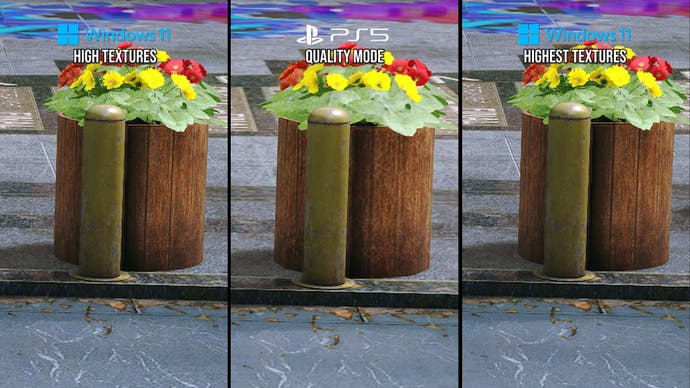
Another issue with the PC version is that it does not scale high enough with its textures. At 4K maxed out the game uses around 7GB of VRAM on an RTX 4090: that is good news for people with 8GB GPUs, but the textures are shockingly poor at times and wildly inconsistent. Most textures at max settings do show improvement over the PS5 version - surprisingly - but something seems to be wrong with texture loading generally, as all versions can exhibit poor quality assets.
Beyond textures, other visuals are scarcely different compared to the PS5 version. Shadow quality looks much the same. The reduced NPC animation rate at a distance is just as bad on PC as it is on the consoles. This would be an easy fix and a genuine improvement for the PC version but the option to tweak this does not exist. There are only a few settings that genuinely scale beyond the console versions - resolution, texture quality, anisotropic filtering and geometric quality.
By and large, that does mean the game is relatively easy to run in the one-on-one battles, but due to the social aspects of the battle hub and world tour mode, I have optimised settings to help get those areas of the game the most stable performance possible.
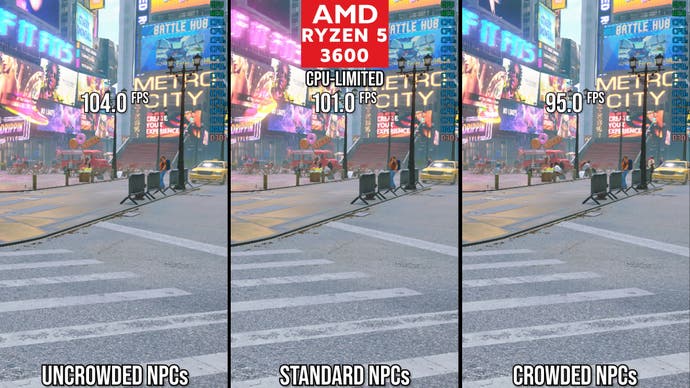
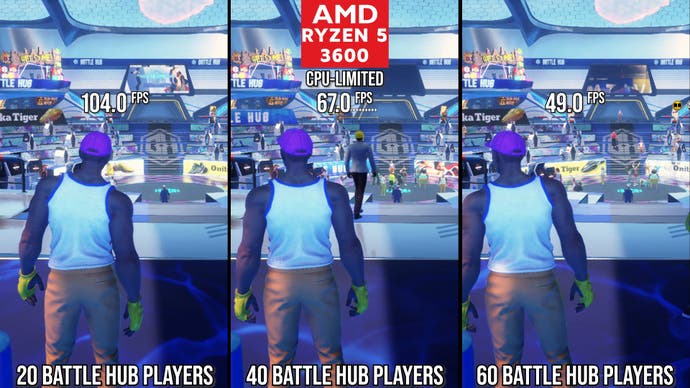
On the GPU side of things I have a few recommendations. For one, turn off screen-space reflections as they do not look good in this game and you will see a near 10 percent performance uplift for doing so, based on running the game at 1440p on an RTX 2060 Super. Another easy win is in shadow quality, with each setting marginally affecting quality due to the filtering employed, but with noticeable performance gains, specifically at the normal setting which I think offers the best visual quality bang for buck on mid-range hardware.
Other than that, I noticed little difference adjusting the other presets. Lighting quality didn't seem to have any performance impact - or much affect at all on actual lighting quality, so it's not worth changing it from the max setting. Sampling quality is effectively anisotropic filtering quality, which is fine at max, and while there is a difference when tweaking the mesh quality setting, there's no appreciable performance gain for lowering the quality. So for all other settings, just leave them maxed.
CPU-related settings are a different story as they can have a large effect in the world tour or battle hub areas. In the battle hub just running around with maxed settings, CPUs are thrashed by the amount of potential animated players loaded into the area - the load balance across cores is OK, but at times, it is easy to see how one thread is getting a lot more use than the others. With that behaviour, a Ryzen 5 3600 finds itself well below 60fps with poor frame-times at the 60 player max setting.
Dropping this maximum player setting down to 40 players is the sweet spot, as there's a 40 percent performance gain in doing so. I'd also recommend the standard NPC setting, as the higher presets there can also cause issues to older, less capable CPUs like my Ryzen 5 3600.; In the one-on-one fights, there are no CPU issues at all that I can see, meaning that there's no reason to tweak the fight ground background object density slider.
In terms of other options to look out for, I recommend turning on input delay reduction while disabling v-sync if you have a VRR-compatible display. The game's fights are capped at 60fps, but similar to the console builds, this does make for a crisper response. However, other than that, there's little more to recommend - it runs just fine.
Ultimately, this is an acceptable but totally unambitious PC port, with a lacklustre options screen and confounding issues with texture management that really need to be addressed on all versions of the game, as far as I see it. In the current climate though, at least it's functional and at least it plays well, though the lack of scaling beyond the console experience is a downer when we know exactly what the RE Engine is capable of.
